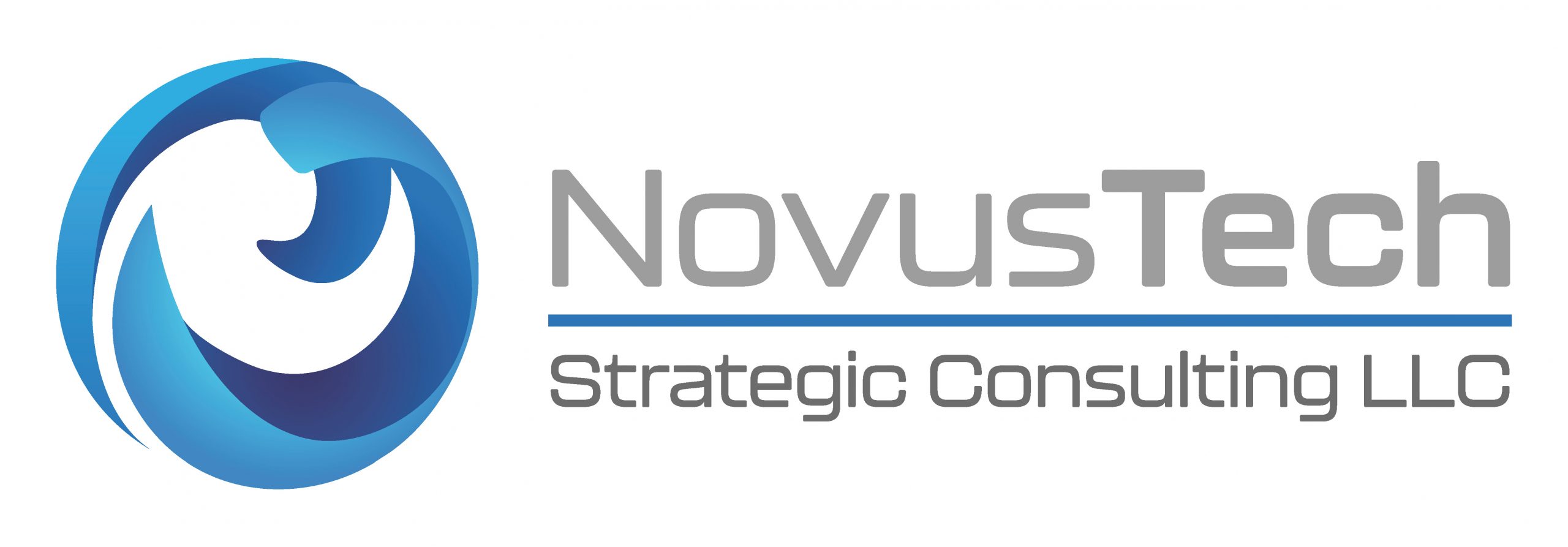
Ensure that the technology in use aligns with the organization’s goals and complies with relevant standards and regulations.
Business challenges:
- It is a regulatory requirement.
- I’m uncertain whether our technology infrastructure is secure.
- Technology is not benefiting our business.
- I don’t understand what the IT professionals are doing.
- Technology represents a significant cost and hassle.
- Our system crashes multiple times each month.
Our approach:
- Discrepancy analysis between the business operation and any applicable Regulation.
- Discrepancy analysis between the business operation and the COBIT (Control Objectives for Information Technologies) framework.
- Discrepancy analysis between the business operation and the international standard concerning information security management system (ISO 27001).
- Discrepancy analysis between the business operation and the standard for risk management (ISO 31000).
- Discrepancy analysis between the business operation and the standard for Business Continuity (ISO 22301).
- Review existing documentation and data.
- Recognizing potential risks that could affect the technology infrastructure.
- Evaluate hardware, software, networks, and other IT assets to ensure they function optimally and securely.
- Examine the organization’s IT policies and procedures to ensure they are up-to-date and effective.
- Identify potential risks and vulnerabilities within the IT environment.
- Evaluate how the organization complies with industry standards and regulatory requirements.
Typical results:
- Identify Inefficiencies: A tech audit uncovers outdated systems, redundant tools, or inefficient workflows that waste time and resources.
- Enhance Security: It helps detect vulnerabilities, outdated security measures, or compliance gaps that could expose the organization to cyber threats or data breaches.
- Optimize Costs: Assessing hardware, software licenses, and subscriptions can eliminate unnecessary expenses and effectively reallocate budgets.
- Ensure Compliance: Audits verify adherence to industry regulations, data protection laws, or internal policies, reducing legal or financial risks.
- Improve Performance: Evaluating system performance highlights bottlenecks or underperforming tech, enabling upgrades or replacements for better productivity.
- Align Technology with Goals: It ensures your tech stack supports current business objectives and can scale with future growth or strategic shifts.
- Mitigate Risks: Identifying single points of failure, unsupported software, or lack of backups helps prevent costly disruptions or data loss.
- Support Innovation: Understanding your tech baseline reveals opportunities to adopt new tools, automation, or emerging technologies to stay competitive.
- Plan for Upgrades: It provides a roadmap for phasing out legacy systems, prioritizing investments, and avoiding unplanned obsolescence.

